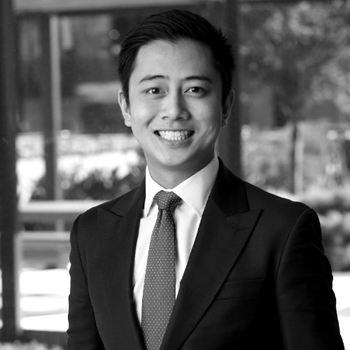Coronavirus lays bare differences in multi-asset funds
While multi-asset strategies have gained popularity in recent years, mostly due to Schroders’ success in Australia and internationally, they are not all the same. Morningstar has produced a report to help investors choose an appropriate multi-asset manager.
The Morningstar report focuses on the recent market volatility, so it may not be a good long-term assessment. Nor does it try to be. But it does raise interesting questions about how investors should assess multi-asset managers.
The report, written by analyst Edward Huynh, says: “With the recent COVID-19 sell-off, the dispersion of returns has been surprisingly high despite the seeming homogeneity of these funds.” It’s a bit like choosing an old-fashioned ‘balanced fund’ from years gone by. The investor thinks: ‘In God we trust’. Or not.
The report says: “Balanced fund returns exhibited significant dispersion during the COVID-19 sell-off with little clustering. This is largely due to the rough 50:50 split between growth (as defined by equities, property and other allocations) and defensive assets (fixed income and cash) for this category where leaning one way or the other would impact outcomes disproportionately.
“Even so, the mix of growth and defensive assets varied significantly with growth representing between 42 per cent and 66 per cent for the cohort. In comparison, Morningstar’s balanced index)… had roughly 50 per cent exposure to growth assets. Returns for Morningstar-rated funds during the COVID-19 sell-off ranged from negative 10.28 per cent to negative 17.45 per cent with the Morningstar balanced index returning right in the middle with negative 13.66 per cent.”
The best performer in the category by a significant margin was Perpetual Wholesale Diversified Growth, returning negative 10.28 per cent due to their underweight to equities relative to the cohort. In fact, Perpetual had the lowest equity exposure of the cohort with 39.07 per cent aiding the fund against the broad-based equity sell-off. Moreover, internal allocations to Perpetual’s Diversified Real Return Fund further buffered against the downside due to tail risk protection through the purchase of AUD/USD put options. “Interestingly, hiding behind increased cash holdings, while no doubt helpful, wasn’t predictive of better outcomes. ‘FirstChoice WS Moderate’, for instance, held identical cash levels as the Morningstar balanced index yet returned negative 17.45 per cent for the period,” the report says.
Schroders didn’t do particularly well in the period studied by Morningstar, from February 21 to March 25. The best performers were Perpetual, Sentier (formerly known as Colonial First State), Pendal and MLC. They tended to be more conservative funds, rather than ‘growth’ funds. But Schroders started the multi-asset trend in Australia and took it to the rest of the world throughout the company’s network.
– G.B.











